CULTURE
NIGERIA: The king of music Fela Ransome-Kuti.

Fela Ransome-Kuti remains nevertheless one of the most symbolic African personalities of the twentieth century. Brilliant musician, creator of the afrobeat, the nigerian singer will use the music as a strong weapon for african matters.
Fela Ransome-Kuti was meant to be a doctor, an upstanding member of Nigeria’s elite like his father, an Anglican pastor who had founded the Nigeria Union of Teachers, and his mother, an aristocrat, nationalist and fiery feminist who had won the Lenin peace prize. His two brothers were already committed to the medical profession to which he was likewise promised.
At 20 Fela Ransome-Kuti would study in England, where his first cousin, Wole Soyinka, was already making waves as a literary lion. Instead, Fela Ransome-Kuti became infamous, an outlaw musician who declared himself president of his own “Kalakuta Republic“, a sprawling compound in the suburbs of Lagos that housed his recording studio and offered sanctuary to the dispossessed.
At his club, “The Shrine”, his band played until dawn while dozens of singers and dancers writhed and glittered amid drifts of igbo smoke. Here, Nigeria’s corrupt dictators were denounced and ancient Yoruban deities honoured, all to a relentless backdrop of the “Afrobeat” that Fela Ransome-Kuti had distilled from the musical collision of Africa and black America
” women are a source of power inspiration & pleasure.”
Fela Ransome-Kuticould not stick to one woman, he said and I quote ” women are a source of power inspiration & pleasure.”.
He once married 27 women at the same time. His music and outspokenenness made him a hero to Africa’s poor, but he would pay a high price for his insurrectionary micro-republic, which was repeatedly raided, and he and his followers would be arrested and beaten.
“Fela Ransome-Kuti defiantly established a short-lived political party and continued to spar with the authorities.”
In early 1977, the military junta had had enough – Fela’s record Zombie, mocking the army’s do-as-you’re-told mentality, may have been the tipping point for head of state General Obasanjo, who had once been in the same primary school class as Fela. A thousand soldiers overwhelmed Kalakuta, brutalising and raping as they went, then razing the compound to the ground. Fela Ransome-Kuti was beaten close to death, and his elderly mother thrown from an upstairs window, afterwards dying of her injuries. Fela Ransome-Kuti defiantly established a short-lived political party and continued to spar with the authorities. “ITT (International Thief Thief)”, for example, deplored the exploitation of Africa by multinationals.
“Later still, Fela Ransome-Kuti became a student of the spirit, only leaving home to play twice a week at the Shrine.”
Increasingly, he carried his music and message to an international audience, though the west’s media acclaim was never matched by record sales or stadium concerts. Tours that entailed a 50-strong entourage and albums of 20-minute songs didn’t help. Nor did his imprisonment for two years on trumped-up currency charges on the eve of a 1984 world tour.
Later still, Fela Ransome-Kuti became a student of the spirit, only leaving home to play twice a week at the Shrine.
Source : @hamamatafrica
CULTURE
SENEGAL – Fatimata Diallo BA: The Glow of the Feather Winner
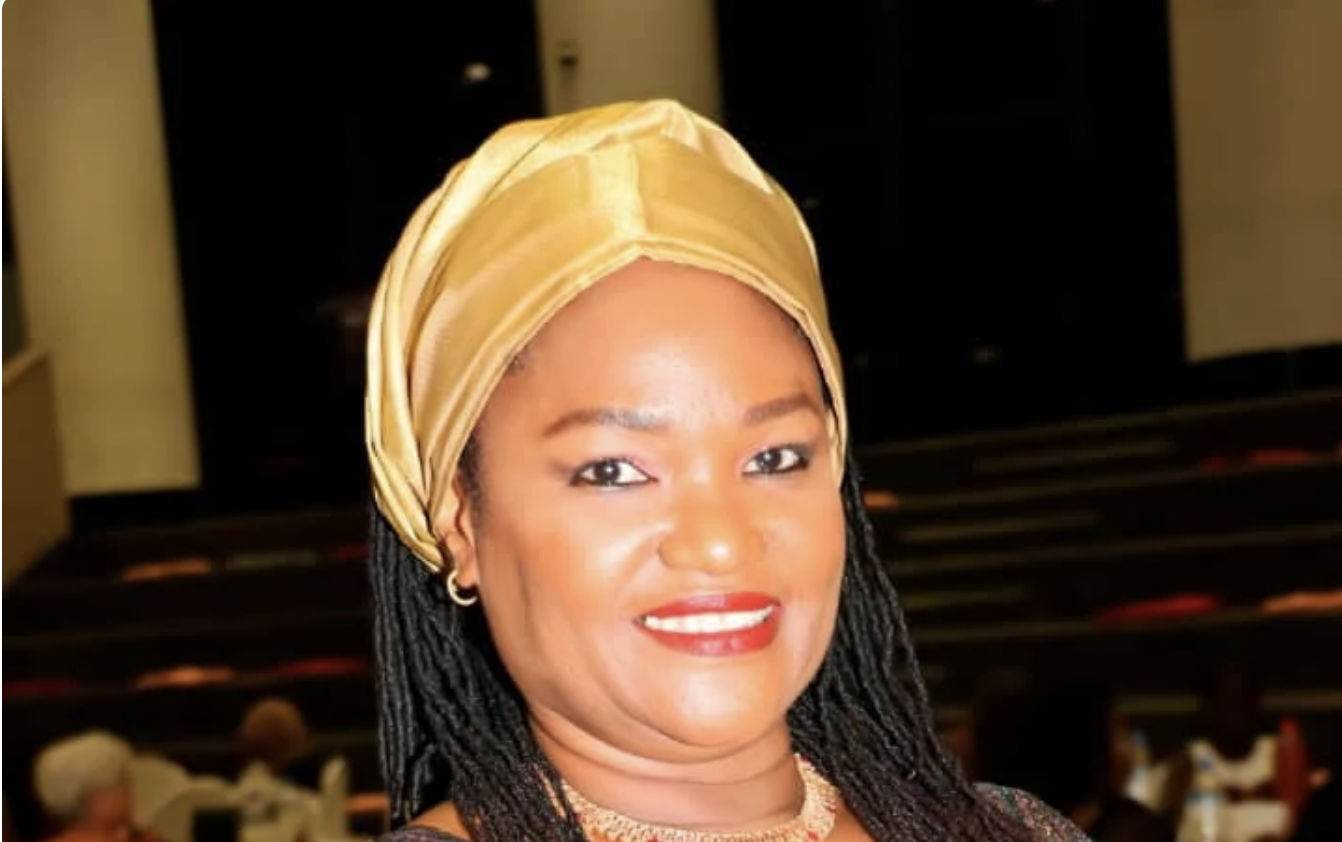
Fatimata Diallo BA, a French-Senegalese writer, recently made her mark on literary minds by winning the prestigious Cénacle Prize for Young Writers of Senegal in 2023 with her poignant novel «Rouges Silences».
Originally from Dakar, Fatimata grew up in a rich cultural atmosphere, and her academic background led her to the university benches in Poitiers and Paris, where she studied Classics. This Franco-Senegalese acquired a unique perspective, merging the literary influences of the two cultures that shaped her.
With seventeen years of experience teaching in the suburbs of Paris, Fatimata Diallo BA decided to return to Senegal, where she currently works as a teacher of French and Latin at the prestigious Jean Mermoz French High School in Dakar. Her dedication to education and the transmission of knowledge is reflected in her active commitment to her students.
«Rouges Silences», his award-winning work, is a testament to Fatimata’s literary sensibility. The novel, on deep and universal themes, captivated the jury of the Cénacle Young Writers Prize, attesting to the author’s exceptional talent.
In addition to her literary success, Fatimata Diallo BA is also known for her dynamic involvement in various literary meetings and fairs. Her love for sharing literature and promoting dialogue around the book is evident in her active participation in these events.
With «Rouges Silences», Fatimata Diallo BA asserts herself as an emerging voice that deserves attention and recognition in the contemporary literary landscape. Her commitment to education and her talent as a writer promise a promising future, making her an inspiring figure for future generations of writers in Senegal and beyond.
Source: Senegal Njaay
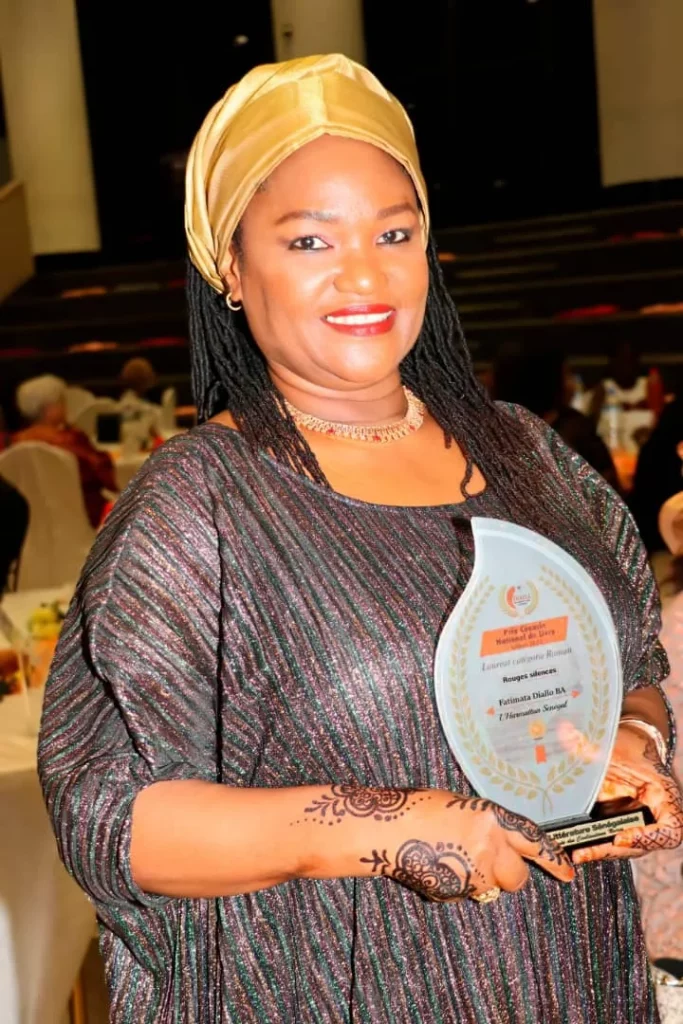
CULTURE
SENEGAL – Exclusive interview with Yussu Dumbia a.k.a Y.DEE
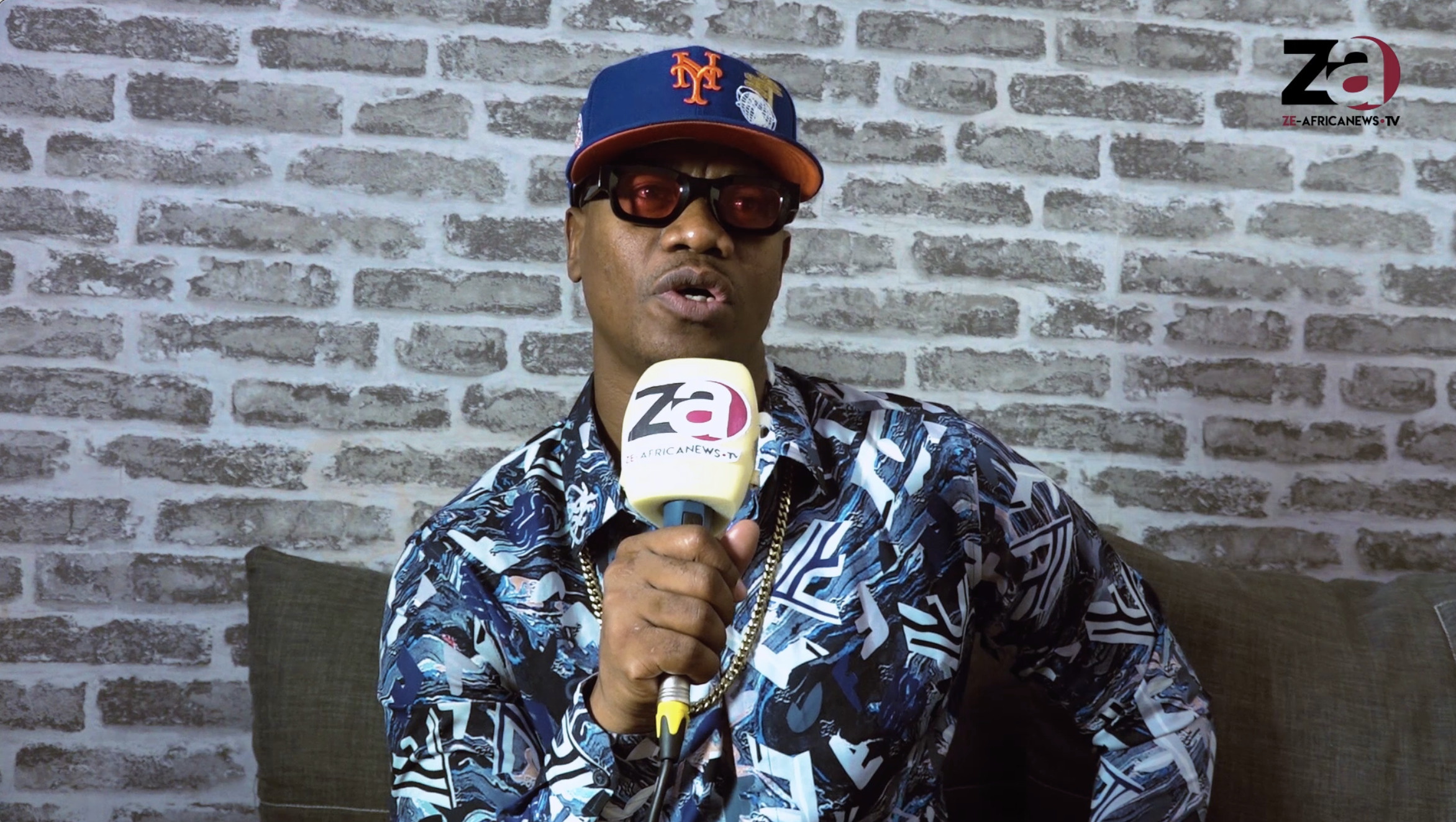
As part of the 9th edition of the Galsen Hip-Hop Awards, the Ze-Africanews team met Y.DEE the initiator of this cultural project.
Y.DEE lives between Senegal and the United States, he returns every year for this program in the city of Dakar. Host, columnist and rapper, he told us about his career, his impressions at the end of the 9th edition of the Galsen Hip Hop Awards edition 2023. During this edition the 50 years of Hip Hop were celebrated.
The African continent was represented at this edition. The older generation was honoured as forerunners and elders in the field.
Rwanda was the sponsor of this edition.
The full interview is available here:
CULTURE
CULTURE-LIVRE – Journalist Madiambal Diagne publishes a book on the history of Adji Sarr and Ousmane Sonko

The head of the press group Avenir Communication, which claims on all rooftops its proximity with President Macky Sall, announced this Friday, July 21, 2023 the release of its «investigation book» on the story that led Ousmane Sonko and the young masseuse Adji Sarr before the Criminal Chamber of Dakar on 23 May.
I am announcing the release of my investigation into the Adji Sarr – Ousmane Sonko case. The book “Ousmane Sonko – Adji Sarr: History”, will be sold on Monday, July 24 everywhere. The preface is by Hamidou Anne. I am published by Daily Editions,” he wrote on Twitter.
It should be noted that Hamidou Anne who prefaced this book is also one of the most virulent detractor of the Senegalese opponent. His columns are published on the website and the newspaper of the press group held by Madiambal Diagne, author of the book published by his own publishing house.
-
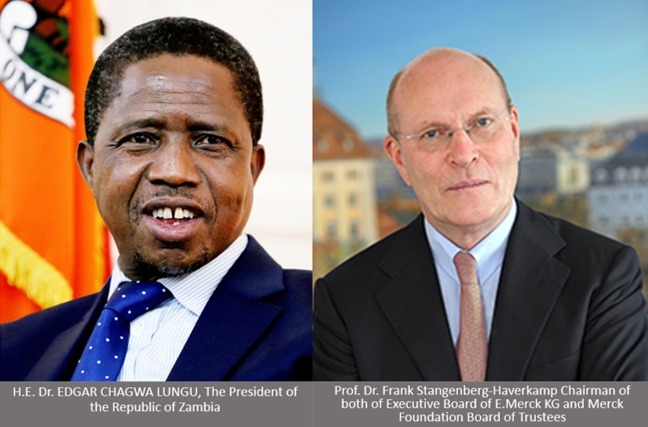
 EAST AFRICA1 year .
EAST AFRICA1 year .TANZANIA – President meets with Chairman of the Board and CEO of the Merck Foundation
-

 CULTURE1 year .
CULTURE1 year .SENEGAL – Massamba Guèye wants to democratize the story
-

 CULTURE3 years .
CULTURE3 years .SENEGAL – “Sadik Lady” by Viviane Chidid
-
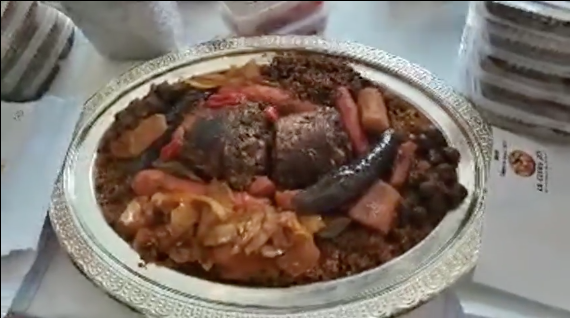
 CULTURE2 years .
CULTURE2 years .SENEGAL – Thiéboujeun inscribed on the World Heritage Site
-
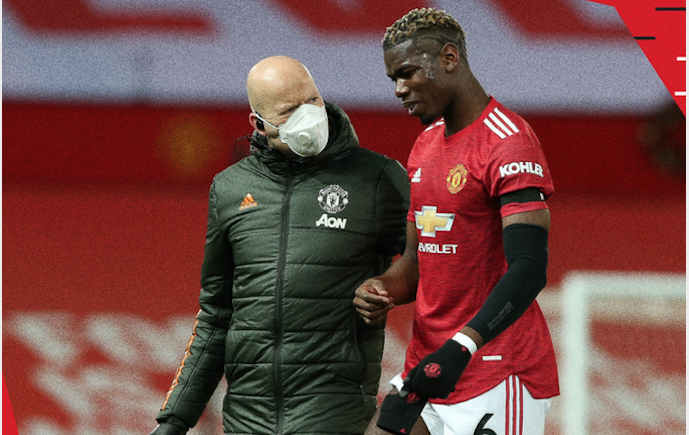
 A LA UNE3 years .
A LA UNE3 years .GUINÉE: Manchester United: Paul Pogba absent several weeks
-

 MOROCCO1 year .
MOROCCO1 year .MOROCCO – The King of Morocco Mouhamed VI finally in Dakar, tomorrow Tuesday
-

 IMMIGRATION9 months .
IMMIGRATION9 months .AFRICA – Migrant smuggling brings 59 billion CFA francs to smugglers per year
-

 HANDBALL3 years .
HANDBALL3 years .TOKYO 2021 – France’s women’s handball team dominates Sweden and go to the final



